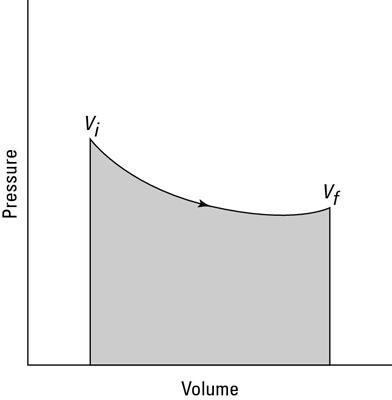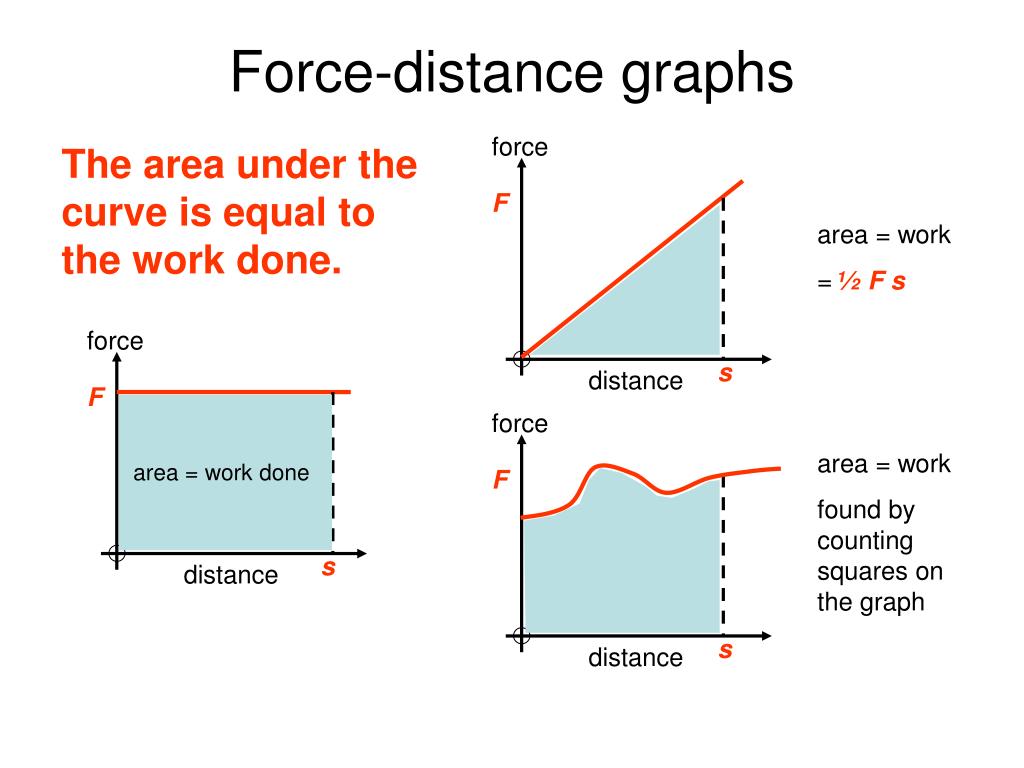

With 100 mL of HCl (g) to give 100 mL of C 2H 5Cl (g). Calculate pressure volume type of work in it ML of ethylene(g) and 100 mL of HCl (g) are allowed to react at 2 atm pressureĪs per the reaction given below. Indicates the work is done by the system on the surroundings Mole of a gas expands by 3 L against a constant pressure of 3 atmosphere.Ĭalculate the pressure volume work done in a) L-atm b) joules and c) calories. N = 1 mol, V 1 = 20 L, V 2 = 8 L, Work of compression W = +Īns: constant external pressure is 3.74 atm Mole of an ideal gas is compressed isothermally from volume of 20 L to 8 LĪgainst constant external pressure, when pressure volume work obtained is 44.9 The pressure-volume work involved in the process is 36.5 J. N = 3 moles, V 1 = 300 cm 3= 0.3 L, V 2 =Īns: work done = – 4.5 L atm or – 423.4 Jġ mole of an ideal gas is compressed isothermally from a volume of 500 cm 3 against a constant external pressure of 1.216 × 10 5 Pa. To the volume 2.5 L against a constant external pressure of 1.9 atm at 300 K.Ĭalculate the pressure volume work in L atm and J. Moles of an ideal gas are expanded isothermally from volume of 300 cm 3 Indicates the work is done by the surrounding on the system The negative sign indicates the work is done by the system on the surroundingsĢ moles of an ideal gas are compressed isothermally from volume of 10 dm 3 to the volume 2 dm 3 against a constant external pressure of 1.01 × 10 5 Nm -2. Work done in an isothermal process is given by W = – P ext × ΔVĪns: work done = – 4.5 L atm or – 455.8 J Calculate the pressure-volume work in L atm and J. Numerical Problems on Pressure Volume Work:Ģ moles of an ideal gas are expanded isothermally from volume of 15.5 L to the volume 20 L against a constant external pressure of 1 atm. Work of compression is taken as positive (+W). Thus when the work done on the system by the surrounding i.e.

Now let us consider work done on a system by compressing the gas in a cylinder. When heat is added to gas the random motion of molecules of gas increases, thus heat is a stimulus to gas which increases the random motion of the gas molecules. The system from the surrounding (q) is equal to work done (W) by the system on Thus in a cyclic process heat absorbed by
Workdone under graph series#
Such anĪ cyclic process is one which consists ofĪ series of intermediate steps, at the end of which the system returns to its Necessary, hence no work is done when a gas expands in a vacuum. When a gas expands in a vacuum there is no opposing Work, therefore, is not a state function. The work done by the system in a process depends on the way or manner in which it is carried out.it is independent of the number of moles) and Temperature of the gas (T). The final equation shows that work W depends only on the change in volume (ΔV) and opposing pressure (P ext) and not on the quantity of the gas (i.e.P ext and not the pressure of the gas that is used in evaluating the pressure volume work done. It is the external pressure against gas expands i.e.This is an expression for pressure volume work done in terms of pressure and volume in the isothermal expansion of an ideal gas against constant external pressure. Hence the work done by the system is negative. In this process, the system loses energy to the surroundings. Due to expansion, the piston moves upward by a distance ‘d’. Let the gas expand from volume V 1 to V 2 against constant external pressure P ext which is exerted on the piston. Let ‘A’ be the area of the cross-section of the cylinder. Consider an ideal gas having definite mass (say n moles) be enclosed in a cylinder fitted with weightless, frictionless, tightly fitted, movable piston.


 0 kommentar(er)
0 kommentar(er)
